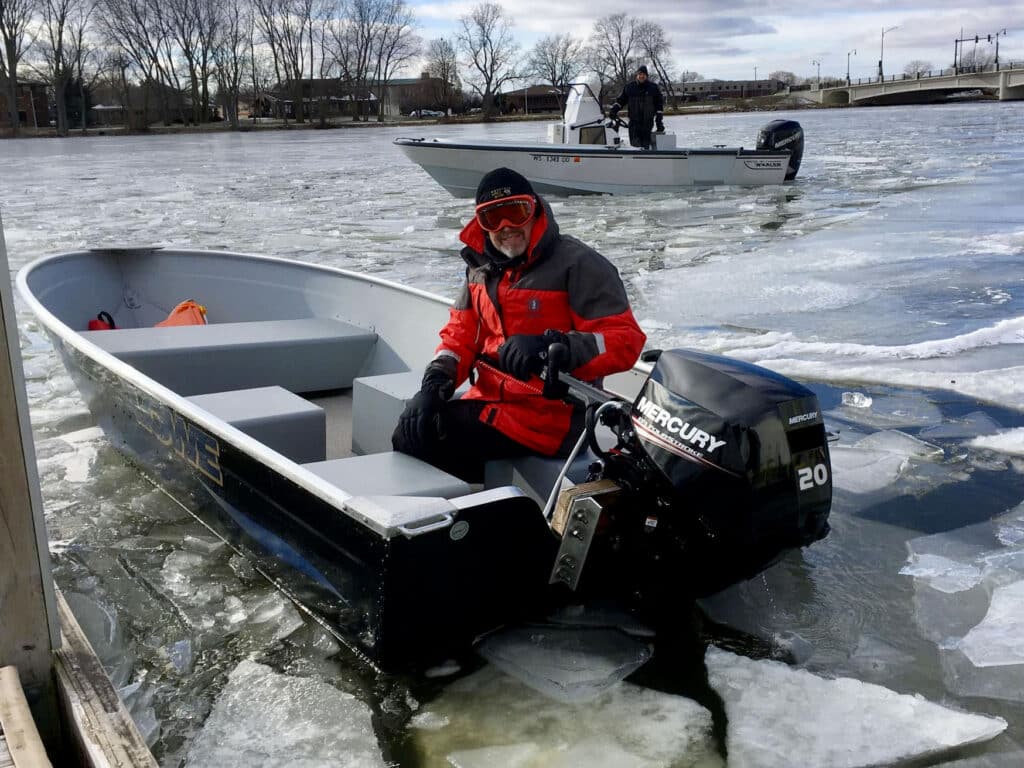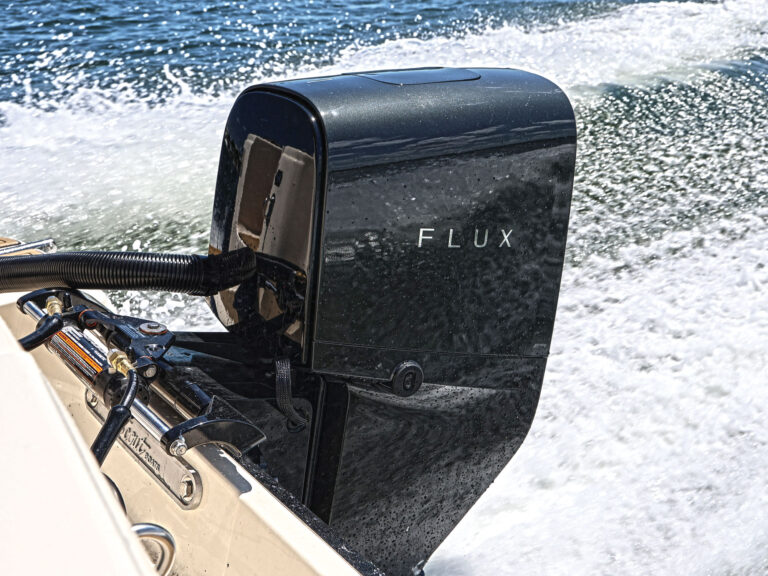
Last winter, the story of a diver in the Florida Keys who had gotten separated from his dive boat and later rescued by his family really struck me.
While there are many seamanship and safety lessons involved in how he got separated from his friends in the first place, I couldn’t shake one particular aspect of the whole episode. In the article I read about the thankfully happy ending, the reporter mentioned that when first responders evaluated the young man, his only medical issue was a low core temperature. Yes, despite the fact that he was wearing a wetsuit in near-tropical waters, the rescued diver was in danger of hypothermia after just a few hours.
As a lifelong boater, I’d always considered hypothermia to be an issue in colder climates, where boaters typically start and end their seasons in marginal weather and falling into the water for just a few minutes could turn life-threatening. But when boating in Florida or other southern coastal areas, I rarely give it a second thought.
“Typically, people in temperate climates don’t consider themselves at risk from hypothermia in the water,” reads a statement on the Center for Disease Control website. “But hypothermia can occur in any water temperature below 70 degrees F.”
The Florida Fish and Wildlife Conservation Commission adds that hypothermia can occur “at temperatures well above freezing, even in waters as warm as 80 degrees F.”
This is because water saps heat from your body at a rate 25 times faster than air. So, spending a couple of hours on your boat on an 80-degree day can leave you sweaty, but struggling for a few hours in 80-degree water can leave you chilled.
Knowing this, you should be aware of ways to spot hypothermia in your crew whenever you spend time on the water, as well as ways to prevent it in the first place.
Dress for Success
The old saw in colder boating climes is to dress for the water, not the weather. This is particularly true on unseasonably warm spring and autumn days when the water temperature might still be in the 30s, 40s or 50s (or 70s—looking at you, southern US). It’s best to dress in layers of clothes that dry quickly and offer a measure of wind resistance when you’re on the boat. Head gear is essential. A lot of heat is lost through our heads, so consider a snug cap. Wool retains much of its insulating properties when wet; synthetics, not so much.
Safety First
No one plans to have their boat capsize, fall overboard or get separated from their dive boat, but it happens. The best way to prevent hypothermia is to be found quickly. Wearing a life jacket is crucial because it will keep you afloat and ease the struggle to swim or tread water, especially as exposure saps your strength and dexterity.
Beyond having an EPIRB on your boat, carrying a personal locator beacon (PLB) will drastically reduce rescue response time. It’s easy enough to clip a small PLB to your belt and forget about it until you need it. Having emergency access to a waterproof handheld VHF and some sort of signaling device also helps.
Read Next: Cold-Weather Seamanship
Warning Signs
In colder climates, get someone dry and warm as soon as possible when you pull them from the water, even after just a few minutes of exposure. Shivering is a telltale sign of being cold, but an untreated person who stops shivering is a danger sign to look for. Also watch for sluggishness, slurred speech and loss of motor function.
No matter where you boat, remember that water will sap your body heat, so take the right safety steps to make it easier to have a happy ending like that diver in the Keys.








